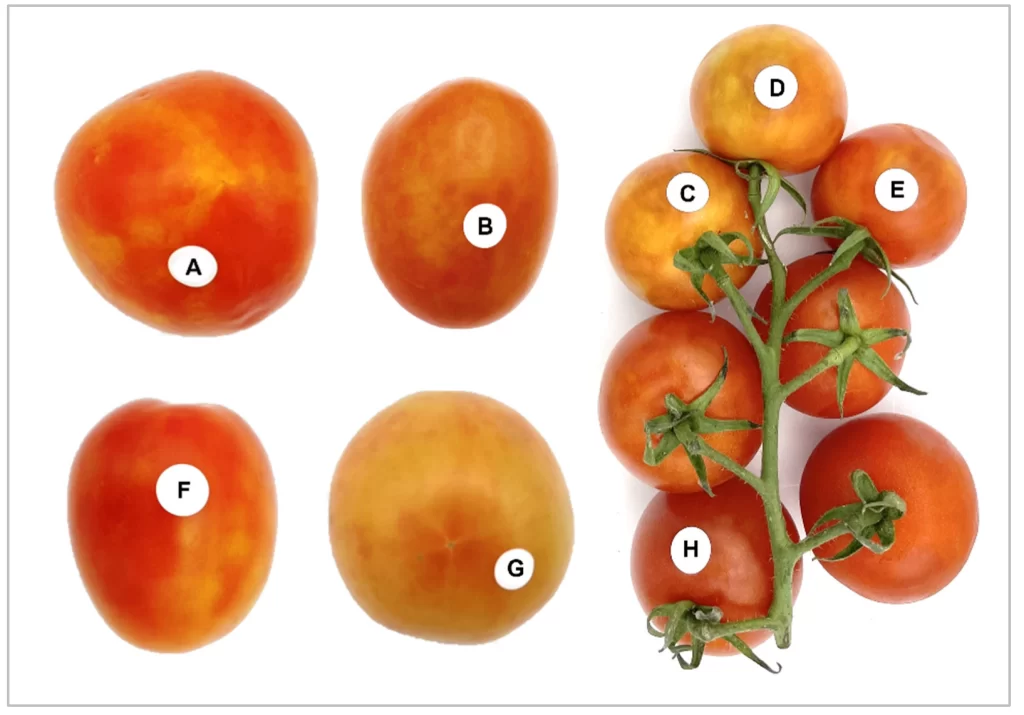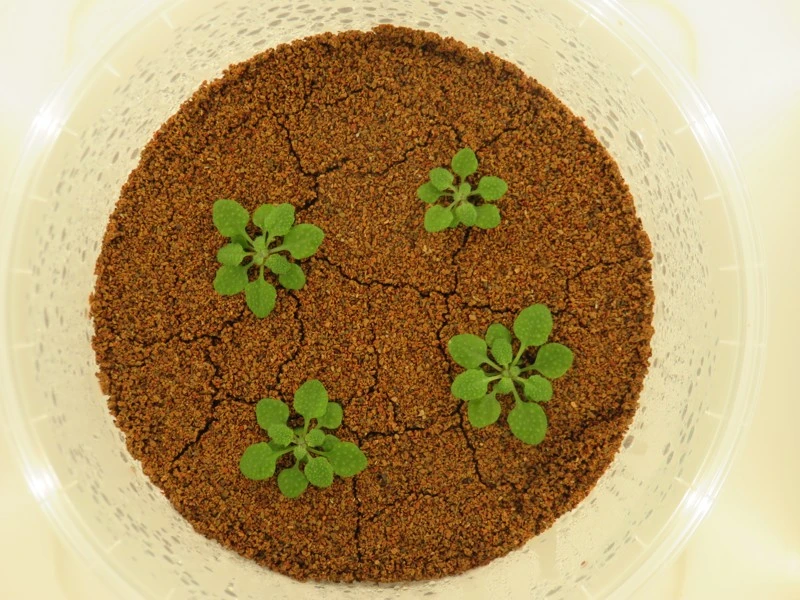ToBRFV and Breaking Resistance in Peppers This blog continues our coverage of the Tomato brown rugose fruit virus (ToBRFV), but this time, we are giving an update on peppers (mostly bell peppers but also others in the Capsicum genus) and its ability to overcome plant resistance. While this virus primarily targets tomatoes, it’s also a […]
Multiplex qPCR in Enhancing Disease Management in Greenhouses and Indoor Farms In modern agriculture, especially in controlled environments like greenhouses and indoor farms, managing plant diseases is key to good harvests and smooth operations. A standout method for detecting and managing plant diseases is called the multiplex quantitative Polymerase Chain Reaction, or multiplex qPCR for […]
qPCR and Greenhouses Today, we’re exploring the world of qPCR, or quantitative Polymerase Chain Reaction, for greenhouses and discovering why it’s essential for anyone in the business of growing. The Basics of qPCR qPCR is a lab technique used to amplify and quantify DNA. Think of it as turning a tiny, almost invisible piece of […]
What is RNA and Why it Matters to Greenhouses and Indoor Farms RNA, or ribonucleic acid, is a fundamental molecule in the biology of all living organisms, including plants. It is crucial in translating genetic information from DNA into proteins, which are necessary for the structure, function, and regulation of a plant’s tissues and organs. […]
Tomato Brown Rugose Fruit Virus (ToBRFV) and Pepino Mosaic Virus (PepMV) Co-infection Introduction Tomato growers face numerous challenges, from environmental conditions to pests, but invisible threats, such as viruses, can be particularly devastating. Among these, the Tomato Brown Rugose Fruit Virus (ToBRFV) and Pepino Mosaic Virus (PepMV) stand out for the high risk of lowering […]
Bremia lactucae Introduction Bremia lactucae causes lettuce downy mildew for both indoor and outdoor lettuce. It is a significant pathogen in cooler environments like late-fall seasons and heated winter greenhouses. This plant pathogen is an oomycete, and symptoms of the disease are similar to late blight. However, the disease may appear as white fungal growth […]
Erwinia tracheiphila Introduction Erwinia tracheiphila is a bacterial pathogen that causes bacterial wilt, a devastating disease affecting cucurbits such as cucumbers, muskmelons, and, to a lesser extent, squash and pumpkins. This disease does not affect watermelons. The economic impact of Erwinia tracheiphila is significant, particularly in the Midwestern and Northeastern United States, where it threatens […]
Four Plant Pathogens to Look Out for in 2024 Greenhouse growers and indoor farm operators must stay vigilant about evolving greenhouse pathogens, a critical aspect of plant health and productivity. Understanding and managing greenhouse plant diseases is more crucial than ever in ensuring a bountiful and healthy harvest. Here are the top four plant pathogens […]
Plant-Microbe Publications In 2023, scientists learned more about plant-microbe (plant bacteria, plant pathogens, and other microorganisms) interactions and saw significant advancements, especially in studying Plant Growth-Promoting Bacteria (PGPB). Here are six sources (publications and collections) published in 2023 that you might still need to look into. 1. Latest Review Papers in Plant-Microbe Interactions “Latest Review […]
Pepino Mosaic Virus (PepMV) Introduction Pepino Mosaic Virus (PepMV) is a highly infectious pathogen that primarily affects solanaceous plants, including tomatoes, potatoes, and eggplants [1][2][3]. It was first detected on pepino plants in Peru in 1974 and has since spread to several countries, causing significant problems in the cultivation of greenhouse tomatoes [1][3]. The virus […]












